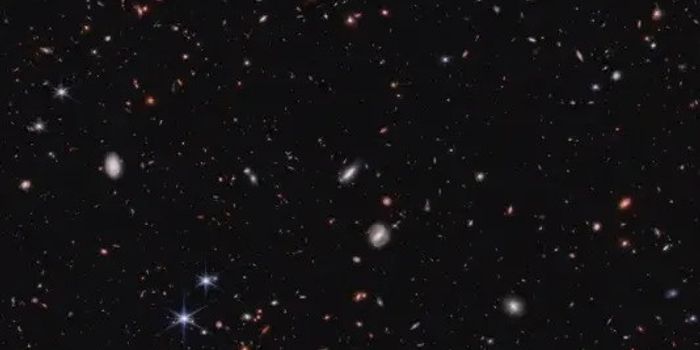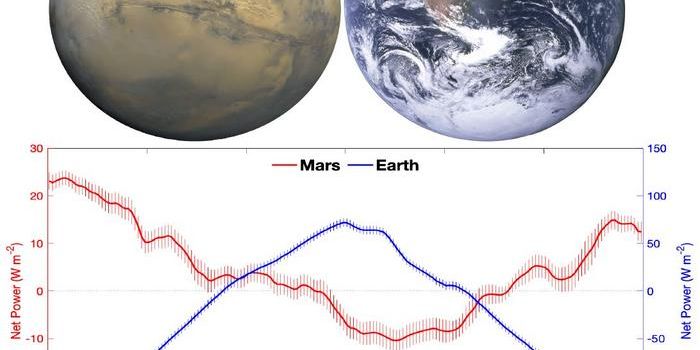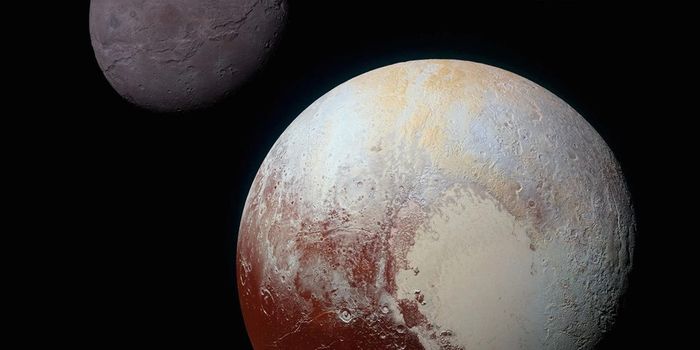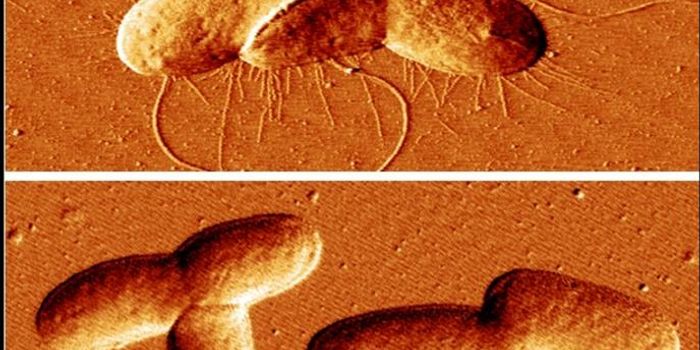Astronomers Photographed the Black Hole at the Center of Our Galaxy
Sagittarius A* (Sgr A*), the supermassive black hole at the center of our own galaxy, was discovered about 50 years ago as the closest supermassive black hole to us. “Until now, we didn't have the direct picture to prove that this gentle giant in the center of our galaxy is a black hole," Feryal Özel, an astrophysicist at the University of Arizona, said during the National Science Foundation news conference held on May 12, 2022 in Washington D.C.
An array of various radio telescopes around the Earth helped captured this image. Basically, they are aligned in a way so that altogether they are equivalent to one large telescope as big as our Earth. This collaboration, called the Event Horizon Telescope (EHT), included more than 300 researchers from 80 institutions around the world. All these telescopes took several images of this source from various orientations, which were then combined to form a complete picture. Watch the video below where Dr. Katie Bouman explains how the final image was formed.
Image Credits: Event Horizon Telescope collaboration et al.
The picture of the black hole shows a black ring-like structure in the middle which is surrounded by bright orange blurry ‘stuff’. This ‘stuff’ corresponds to all the gas, and plasma which is swirling around the actual black hole (the black region inside). The nearest object around this black hole only takes about 30 minutes to complete one orbit and the amount of gas and plasma moving around at great speeds made the task of getting a stable picture even more challenging. The size of this black ring in the center agrees with the general theory of relativity postulated by Einstein. They presented their findings in 6 collaborative papers which were the result of many years of work to capture this image. This is approximately equivalent to taking a picture of a 1 cm object about 25000 miles away or a donut on the surface of the Moon.
However, this black hole is much smaller and less massive than their first-ever image of a black hole called M87*, but that one is farther away. So, overall, these two appear around the same size in the sky. In reality, M87* is about 1500 times more massive and 2000 times more distant than Sgr A*. Overall, these two images from two supermassive black holes on two extreme sides of their mass and size (Sgr A* on the small and less massive side and M87* on the bigger and more massive side) provide us with a laboratory to understand how physics works in these extreme environments.









